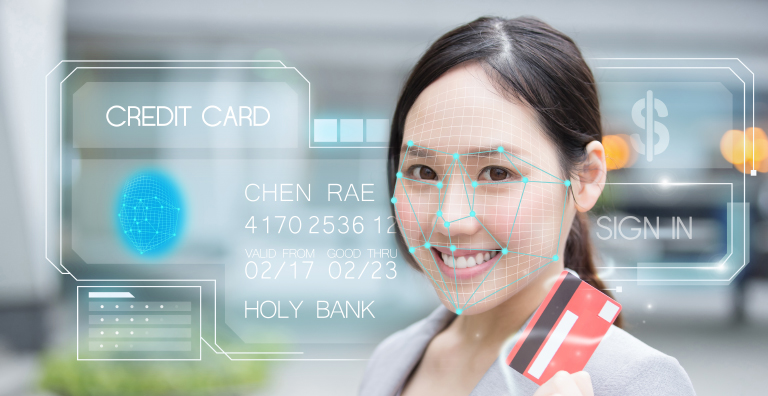How Banks Use Facial Recognition to Secure the Customer Journey
Delivering Integrated Protection Across All Service Channels
Biometrics are widely hailed for their ability to help financial institutions increase security while providing a premium customer experience — whether it’s an unobtrusive face scan at a biometric ATM or automated voice recognition in a telephone banking platform. Biometric technologies can unambiguously and unobtrusively validate people’s identities, while eliminating the cost, complexity and vulnerabilities of other authentication methods.
However, while many financial institutions have deployed biometrics in individual systems and applications, few have rolled out the kind of integrated, multi-channel identity and access platforms that would enable them to offer customers a truly secure, streamlined journey at each touchpoint.
In this post, we’ll explain why that introduces potentially dangerous security flaws — and outline how to address them.
Establishing a Chain of Trust
Creating a trustworthy transaction environment requires banks to establish an unbroken authentication chain of trust that binds people’s biometrics to a government-issued credential — and can be used to prove their identity.
To understand why that’s so important when it comes to fighting fraud, we need to distinguish between the two different ways that biometrics are used by today’s financial institutions.
- Biometric authentication: Biometrics are an effective means of authenticating customers because they are unique to each individual. If you take a selfie and link your smartphone to your face, you can use that biometric as an authentication factor to turn on your phone. However, this type of authentication — while convenient — is not as secure as true identity verification.
- Biometric identity verification: Identity verification goes a step further by requiring people to prove their “true identity” by linking their biometrics to government-issued credentials, such as a driver’s license or a passport. That could mean matching a photo of their face to the image on their ID or an image of their fingerprint or face to a government database. Once this has been done, biometrics can be used at each transaction to deliver a high level of trust that’s more resistant to fraud and theft.
Previously, linking biometric data to someone’s identity required an extensive in-person proofing process. Now, it has become so popular that banks are using so-called eKYC (Electronic Know Your Customer) to confirm their customers’ true identities. Combining sophisticated facial recognition and document authentication technologies, banks can validate customers’ vital information and verify their true identities remotely.
Why Is “True Identity” Important to Banks?
Being able to verify customers’ true identities helps banks counteract identity theft, financial fraud and money laundering. Here’s how:
- Identity theft: Establishing proof of a customer’s legal identity can prevent them from opening fake accounts — or accounts from forged or stolen identity documents
- Financial fraud: True identity helps prevent fraudulent financial activities, such as using fake or stolen IDs to apply for a loan and thieving the funds through fraudulent accounts
- Money laundering: Both organized and unorganized criminal sectors use dummy accounts to store funding for narcotics, human trafficking, smuggling, racketeering and more. Identity verification prevents these criminals from spreading money out across a long list of accounts, reducing their ability to hide suspicious transactions.
Financial crime and remote onboarding have exploded in tandem with the pandemic, making digital identity verification more crucial than ever. Fortunately, using facial recognition to verify people’s identity is simple, unobtrusive and secure. It delivers the utmost in customer experience and brings banks a powerful weapon for fighting fraud.
Biometrics provide integrated security across all service channels. To learn more, read our eBook, Solving Fraud in Banking With Trusted Identities >>
